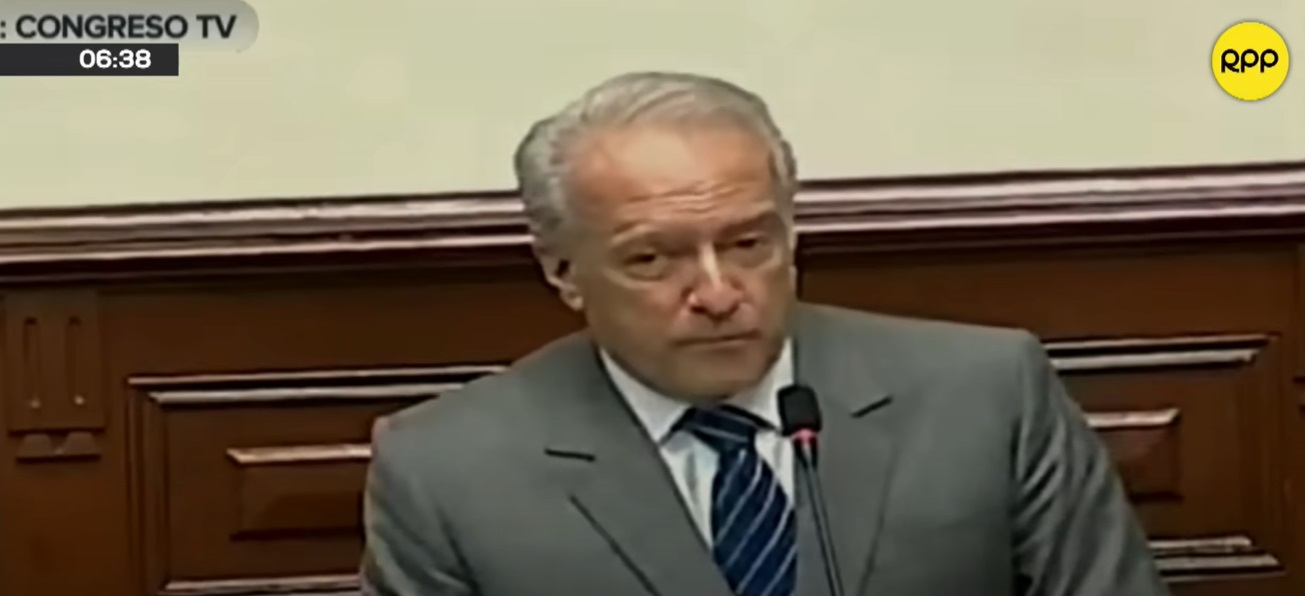 Dispatches
DispatchesPeruvian law students from the Facultad de Derecho y Ciencias Políticas, Universidad Nacional de San Antonio Abad del Cusco are reporting for JURIST on law-related events in and affecting Perú. All of them are from CIED (Centro de Investigación de los Estudiantes de Derecho, a student research center in UNSAAC’s faculty of law dedicated to spreading legal information and improving legal culture through study and research, promoting critical and reflective debate to contribute to the development of the country. Maria Gabriela Chavez Suclli is a law student from UNSAAC and a member of CIED. She files this dispatch from Cusco.
Last week, on September 27, the Vice President of Peru’s Congress, Hernando Guerra Garcia, traveled to the southern city of Arequipa to participate in the Perumin Convention, which is one of the largest mining events in the world, drawing the participation of national and international experts and investors. On September 28, his health deteriorated due to an imbalance in his vital signs due to a heart attack he suffered in the district of Punta de Bombon in the province of Islay and department of Arequipa. He was evacuated to a medical post near the place of the incident at midnight of September 28, but upon arrival there was no doctor on duty to attend the emergency. For this reason, he had to be transferred to the Manuel Torres Muñoz Hospital located in another district of the same province. The trip there took between 30 and 40 minutes. Unfortunately the Vice President of the Congress arrived there without vital signs, so the doctors of this hospital could only confirm his death.
In this regard, the Regional Health Management of Arequipa made a public statement on Facebook as follows:
“Referring to the facts, we inform you that the Punta de Bombón health facility is a level I-3 Health Center, whose opening hours are 12 hours, from 8:00 am to 8:00 pm; therefore, at the time the emergency occurred (minutes before midnight) the facility was closed.”
For his part, the Health Manager of Arequipa, Walter Oporto, said this to media outlet RPP Noticias: ”I regret what happened – they have had a shortage of medical personnel for years”.
Likewise, the Minister of Health, César Vásquez, told TV Perú that ”there has been no negligence or carelessness on the part of the health sector, because there were doctors, 4 doctors. The only thing is that it [the hospital where the Vice President was taken] is an I-3 [facility] and, according to the norm, it attends for 12 hours and they arrived at midnight. I think it is an unfortunate fate that could not be solved. Thirty-four kilometers away, 40 minutes away, there was the I-4 (Mollendo Hospital where Garcia arrived without vital signs) that we had inaugurated 2 months ago and which does attend 24 hours a day”.
Undoubtedly, this news has caused shock to more than one; but it is pertinent to ask ourselves if it is just bad luck to have a heart attack when the nearest health center is closed. This news clearly reveals the precariousness of the Peruvian health system and the lack of doctors.
We must also emphasize that the Peruvian State has the obligation to guarantee, with immediate effect, the right to health for all Peruvians. Article 7 of Peru’s Constitution says that “everyone has the right to protection of their health.” However, the fact that a health center does not serve 24 hours a day is a barrier to the enjoyment of this right. Thus, in relation to the health sector, the Minister of Health has said it will improve the first level of care through the so-called Plan Mil, which seeks to implement infrastructure, equipment and human resources in one thousand health facilities nationwide. The objective is that by 2024, at least 60% of these thousand facilities will be inaugurated.
Everyone is waiting for the fulfillment of this plan so that the situation of Peru’s health system is strengthened. The right to quality health care in a timely manner belongs to everyone.

